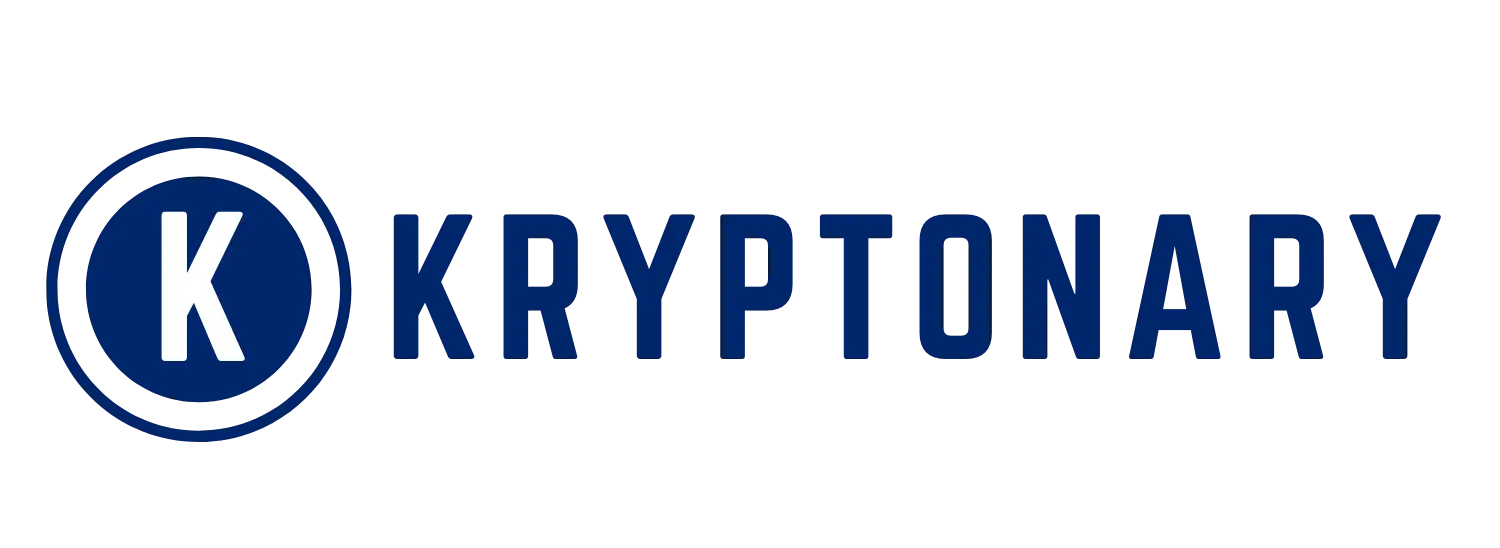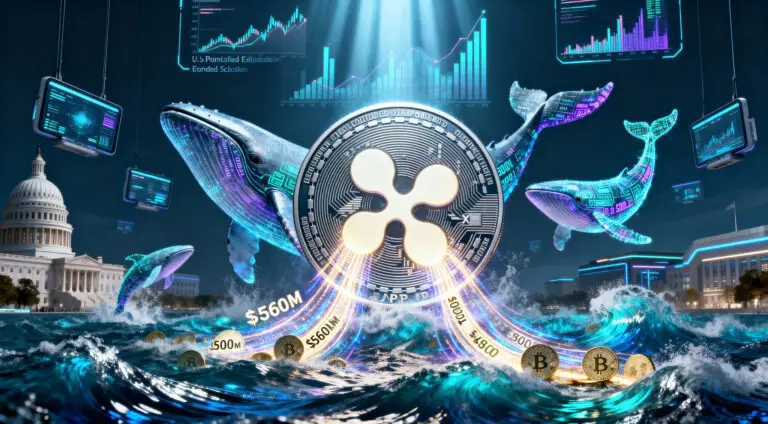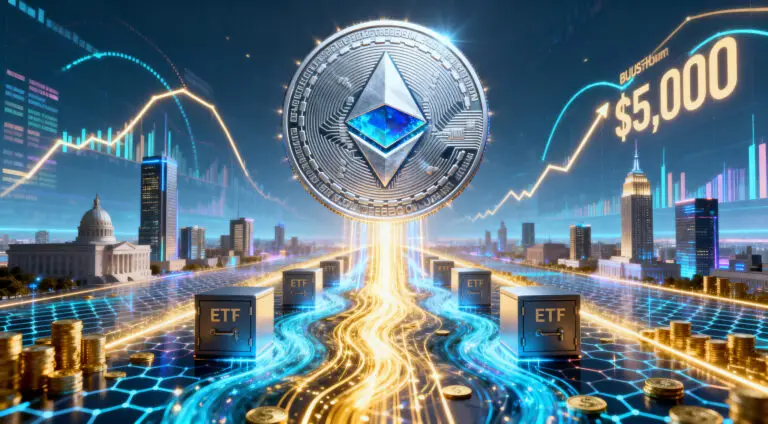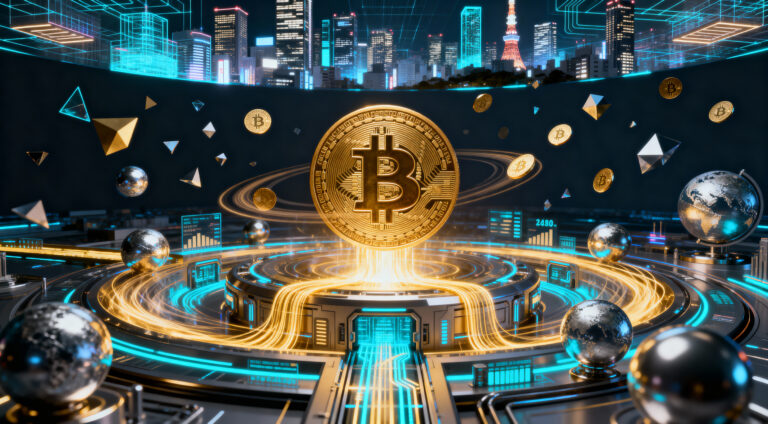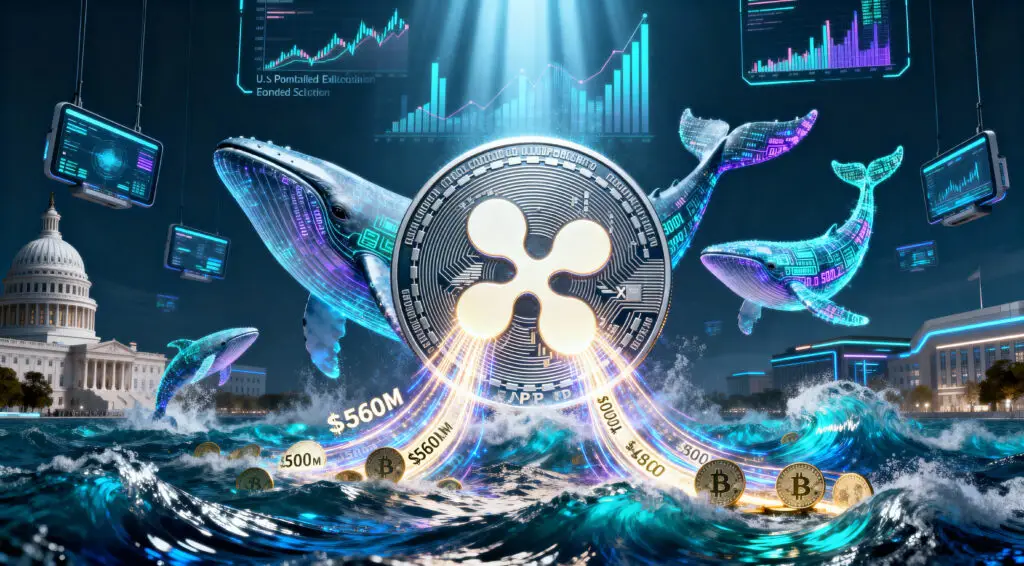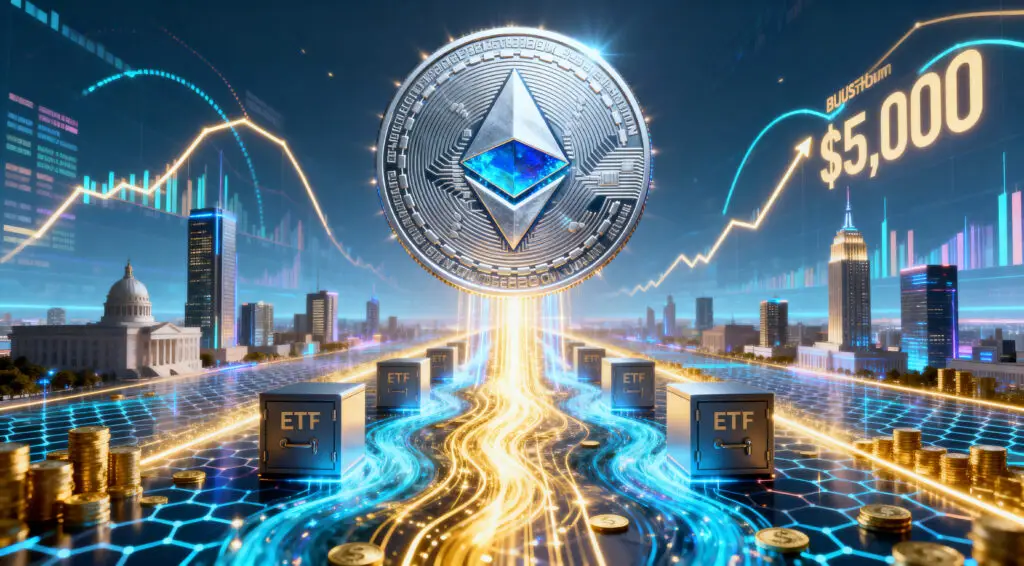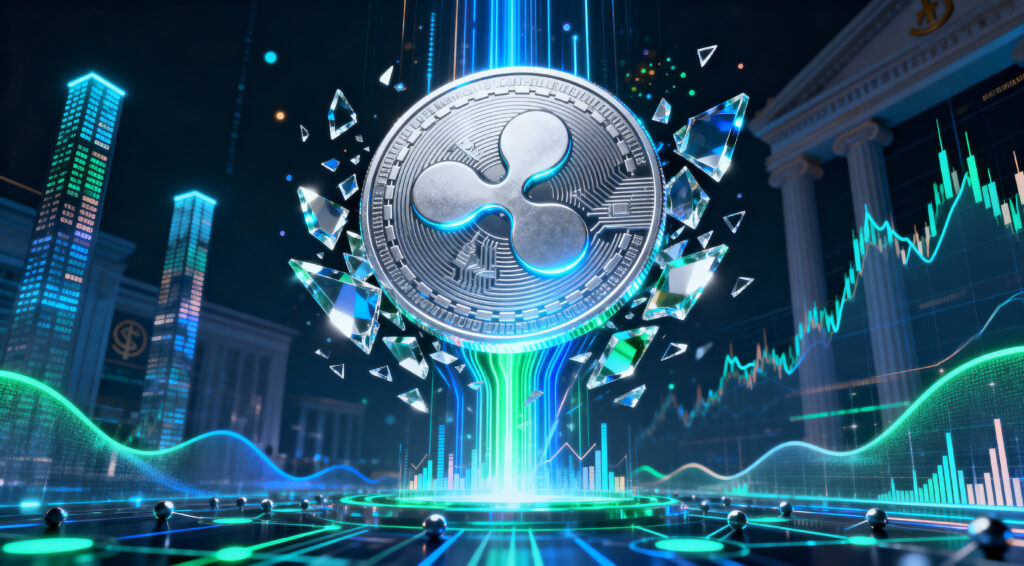ChatGPT’s Artistic Explosion: ChatGPT envisions AI art in a spark of creativity.
The latest feature of OpenAI ChatGPT 4o, which now includes image creation functionalities, has stirred controversy and debate within the online world. Putting together images out of words has proven to be a global rage, which has enhanced the level of digital creativity and interaction with AI. However, this convenience comes at a price, as OpenAI has had to strain its computational resources and now must reconsider its previously liberally supported services.
Altman’s GPU Are Melting admits narrative statement.
The imperative nature of GPU image generation became rather evident to OpenAI and its lead, Sam Altman. He decided to give everyone an update in public forums like social media X on March 27, 2025. His statement was a mixture of everything, including gratitude, warning, and optimistically viewing the app. “It’s super fun seeing people love images in ChatGPT. But our GPUs are melting. We are going to Forrest implement some rate limiting while we make it more efficient. Hopefully it won’t be long! ChatGPT’s free tier will get 3 generations per day soon.” Altman’s announcement intentionally explained the more than noticeable changes expected in the user policies related to workload management, throttling policies, and other features reliant on GPU utilization.
This triggered the inevitable conclusion regarding the limitations set on the customers GPUs counterpart per the demand pointer cap. He provided this context to put ChatGPT’s user expectations in alignment with the acute overload sustained by the company’s GPUs at the time of image generation.
The Ghibli Effect: Ghibli’s Influence on Online Trends and Fads
The surging interest in Ghibli image generation indicates that the Ghibli craze is at the forefront of popularity. It is clear that the iconic Japanese animation studio, renowned for its enchanting films and especially for its breathtaking visuals of nature, has not been left out of the buzz, as the ChatGPT 40 users seem equally enamored. There has been a trend on social media where people have been using Ghibli art generators to convert their photographs, videos of their pets, and even mundane scenes from their day-to-day life into Ghibli art. This online trend has gained a lot of traction, and it’s surprising to see that even Sam Altman joined in on the fun by sharing his own Ghibli-styled creation on X. The popularity of Ghibli-inspired art is evident all over the world. In addition, the fact that ChatGPT 40 can reproduce it so easily has probably increased demand for the feature.
Temporary Measures: Striking a Balance Between Demand and Equilibrium
With regards to the dramatic increase in demand, OpenAI has taken the decision to enforce provisional upper limits on the number of images generated on the ChatGPT 4o model. These decisions are meant to aid in the stability across the system and the reliability for the users as a collective. More specifically, the free-tier users of ChatGPT will, in a short while, face a cap of image generations to the figure of three per day. While this restriction will be less than ideal for some users, it is necessary to ease the OpenAI burden on its computing resources, thus averting systemic breakdowns. In echoing his statements made earlier, Altman has noted his assurance that the confines are strictly temporary dominions while ongoing enhancements are made towards the efficiency of image generation models. Primarily, the aim is to refine the technology to scale down the level of demand without exceeding system capabilities and subsequently relax constraints to an ideal or even unrestricted level.
Public Response and Ethical Concerns
Initially, the new feature of image generation in ChatGPT has been embraced positively, as it sparked immense creativity within the community. Their social media handles are now filled with restlessly creative AI-generated art, showcasing the democratization of technology for people of non-technical disciplines. However, the excitement surrounding this feature has also ignited conversations and raised important concerns around the ethics of AI art. One of the most important issues is concerning copyright. The ease with which users can generate images based on popular studios like Studio Ghibli or individual artists enables a form of unauthorized copyright artistic style usage. This, again, creates the need for more explicit policies regarding the generative and utilization processes of AI art.
OpenAI’s Efforts to Foster Engagement, Sustainability, and Ethics
OpenAI has these ethical issues in mind and is undertaking concerted efforts to fine-tune its models to address these challenges. The company continues to grapple with the problem of user engagement constraints related to self-expression as it seeks to maintain technical sustainability and ethical boundary constraints, particularly of a legal nature, such as intellectual property. The temporary limits of the system can also be interpreted as an attempt to reduce the possibility of problematic OpenAI content while the company works on better policies and stronger protective measures. The company’s efforts in optimizing the system’s performance indicate that they are trying to strike a balance between the fundamental requirements of system design and tech ethics—the need to provide powerful AI technologies while containing the consequences. The outlook for unencumbered, no-cost AI-driven art, at least in relation to ChatGPT, embodies a scenario of careful calibration—pragmatic respect for the overwhelming attraction versus feature and tech limitation and ethical concern, which is in perpetual change.
